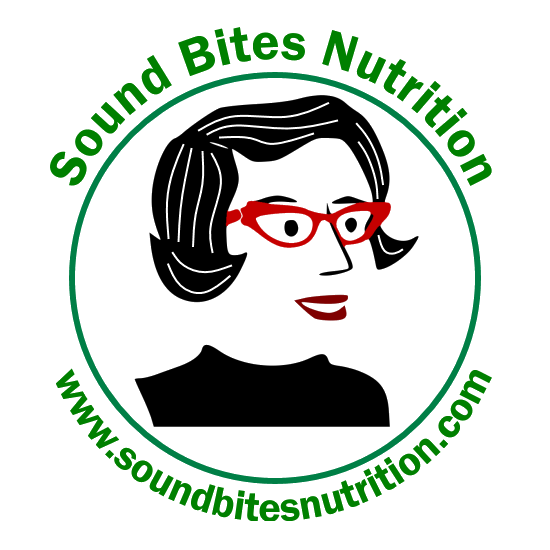Guide to Serving Sizes
Although the government has switched from using a food ‘pyramid’ to a plate, consumers still have trouble figuring out what counts as a serving.  You may have heard the suggestion that the size of your palm is about 3 ounces of meat.  Correct me if I’m wrong, but won’t that size vary based on the size of your hand? I think we can all agree, we need something a bit more standardized.In general, we should all aim to consume a minimum 4 servings of vegetables (1/2 cup cooked, 1 cup raw or ¾ cup juice.  Fruit intake should be around 3 servings per day (1 medium fruit, ½ cup canned fruit, ¼ cup dried fruit or ¾ cup fruit juice), though athletes or others with higher calorie needs may consume more.The suggestion for dairy products is 3 per day, which include 1 cup milk, yogurt or 1 oz of cheese. Protein needs vary individually, but in general, most adults require around 5 or more ounces per day.Grains such as cereal, bread, pasta, rice, crackers should be mostly whole grain and serving sizes vary. A serving of most cooked grains is ½ cup or 1 slice bread, ½ a bagel, etc. Go for 100% whole wheat bread, brown rice, whole oats, etc. over processed grains.Below are a few ideas to clue you in on what a serving size really looks like.1 oz = pair of dice1 ½ oz = 9 volt battery2 oz. = a pair of dominoes3 oz. cooked meat, fish or poultry = a deck of playing cards¼ cup = 1 egg  ½ cup = 1 scoop of ice cream¾ cup = 1 raquetball  1 cup = 1 baseball1 slice of bread = a CD case1 tsp. = 1 postage stamp2 Tbsp. = a ping pong ball

